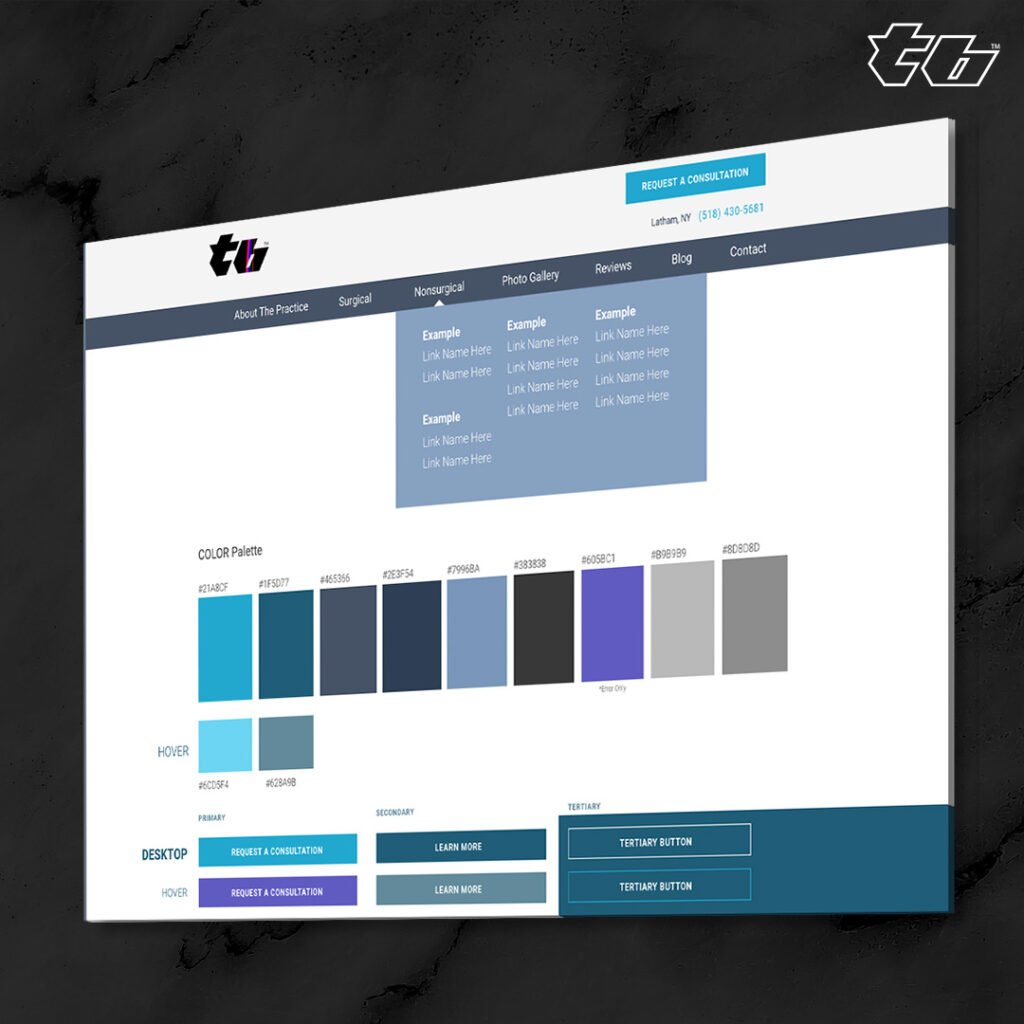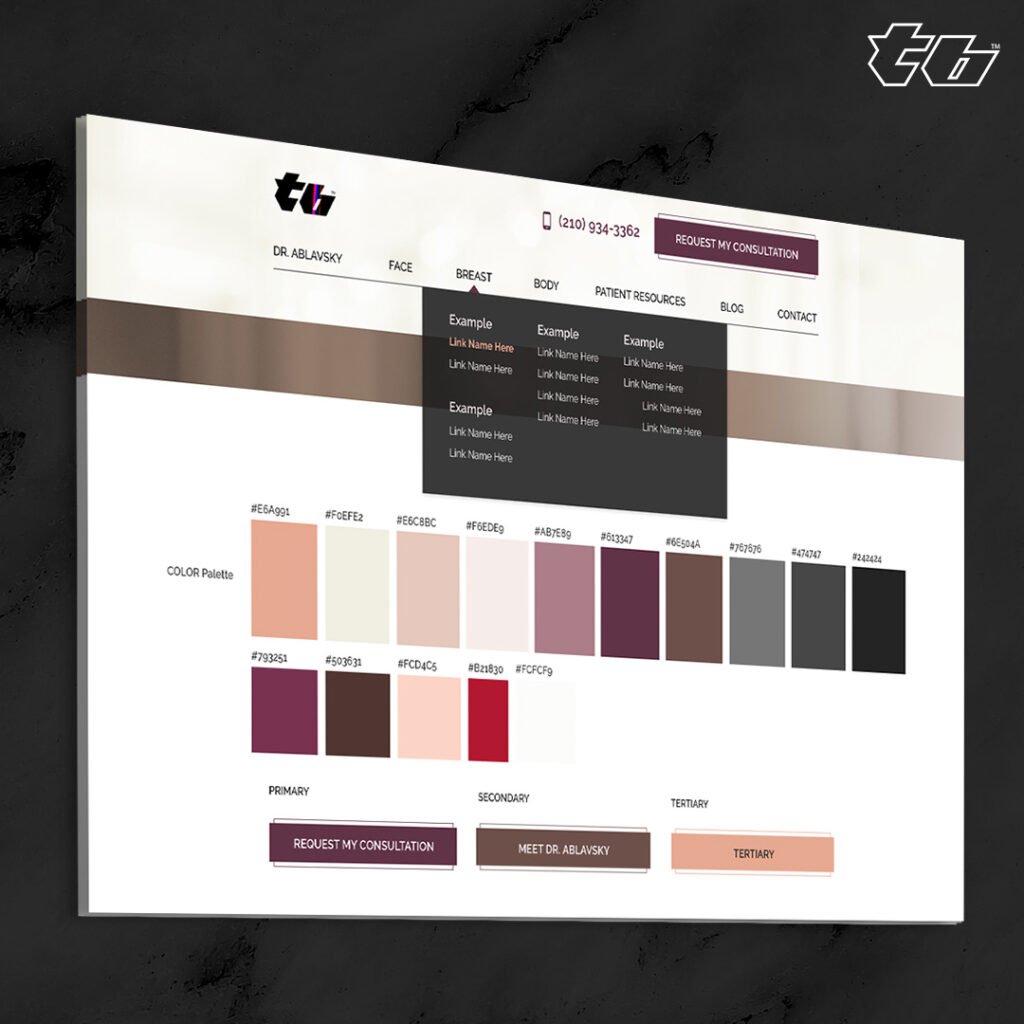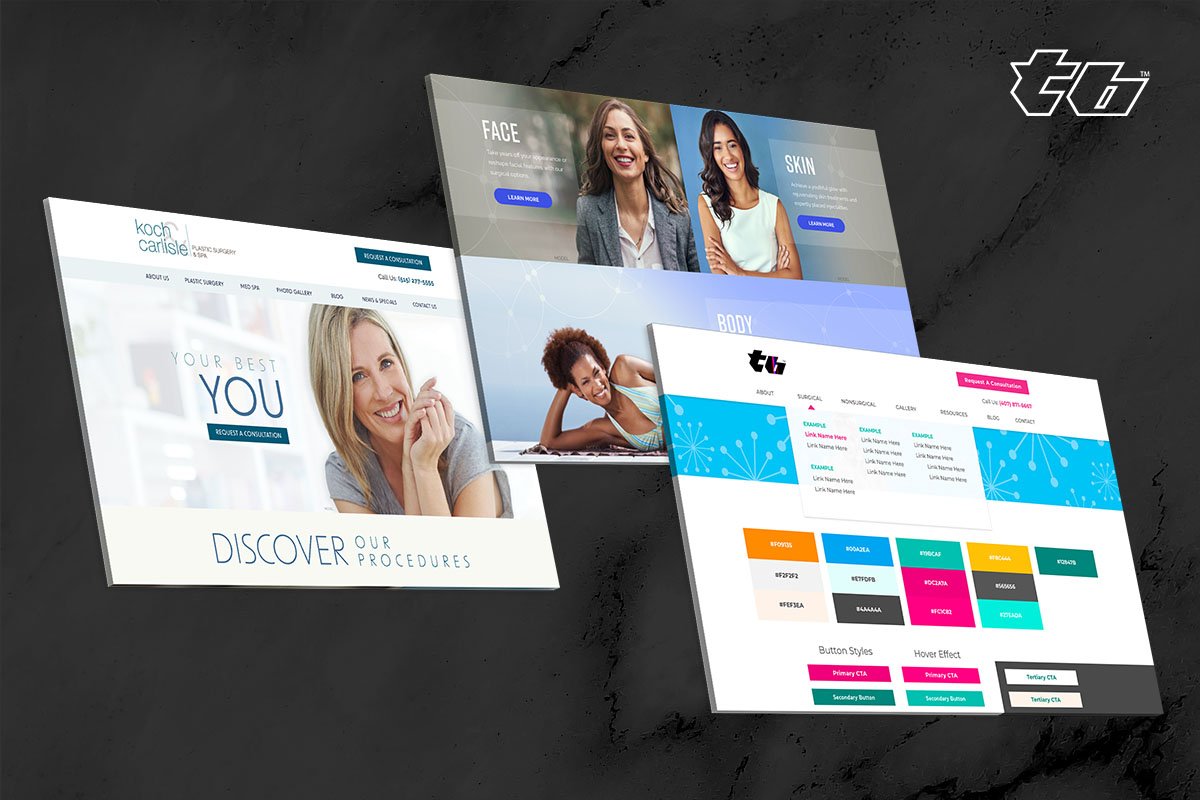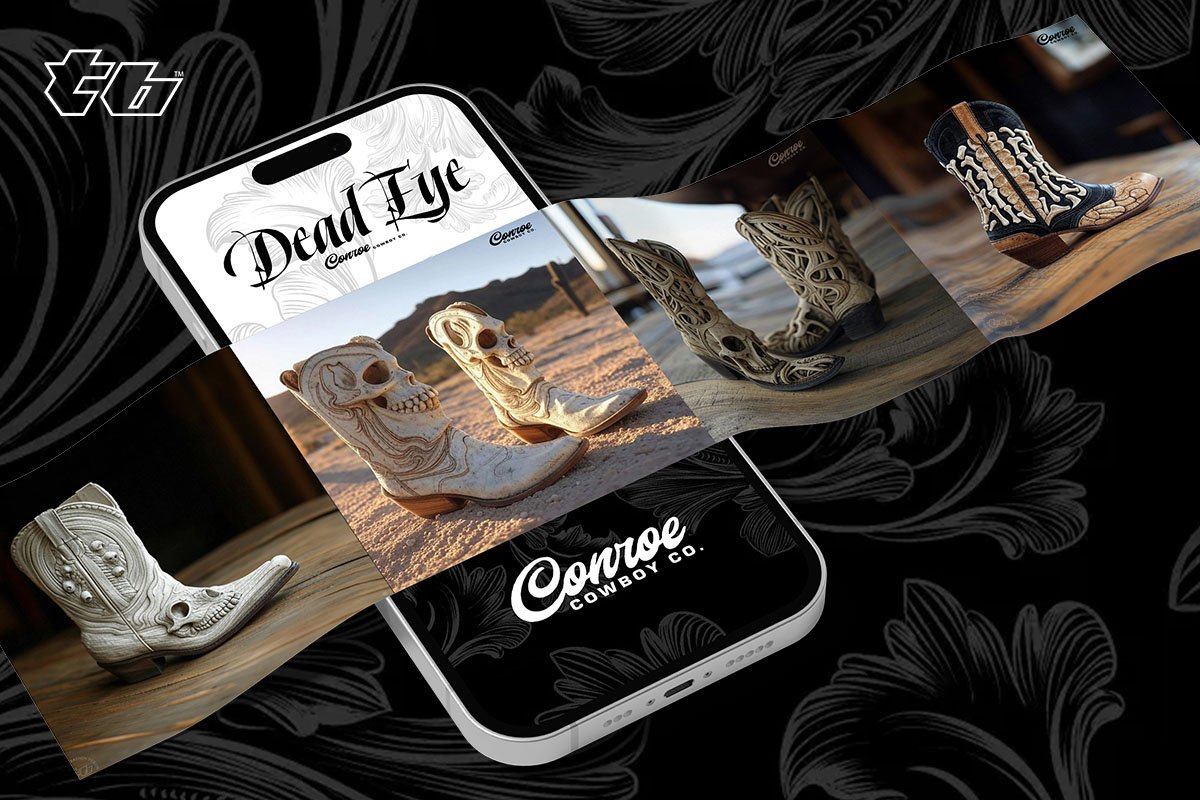User Experience (UX) and User Interface (UI) design are the twin pillars of creating digital products that people love to use. While wireframing serves as the blueprint for both, the choices made in color palettes and button design can make or break the final experience. UX focuses on the overall feel and functionality, ensuring users can navigate effortlessly, while UI brings visual clarity and appeal to that functionality. This blog explores how wireframing, palette selection, and buttons bridge UX and UI, leading to a seamless and successful user experience.

UX Logic Meets UI Vision
Wireframing is where UX and UI first collide, laying out the skeletal structure of a digital product. For UX designers, it’s about mapping user flows—ensuring that every step is intuitive and purposeful. UI designers, meanwhile, use wireframes to plan visual hierarchy, spacing, and element placement. A well-crafted wireframe aligns these perspectives, setting the stage for palette and button choices. By starting with a clear wireframe, teams can test usability early, reducing costly revisions and ensuring the design serves both form and function.
Color Shapes User Perception
The color palette is a silent guide in UI design, deeply influencing UX. Colors evoke emotions—blue for trust, red for urgency—and direct attention to key areas like buttons or calls-to-action. In wireframing, placeholder grayscale tones evolve into a cohesive palette that supports the UX goals, such as calming users in a meditation app or energizing them in a fitness tracker. A successful palette enhances accessibility (think contrast for readability) and consistency, making navigation instinctive and the experience memorable.


Buttons That Drive Design
Buttons are the workhorses of UI, translating UX intentions into tangible actions. Their design—shape, size, color, and placement—stems from wireframe decisions and palette choices. A UX designer ensures buttons are logically placed for smooth task completion, while a UI designer makes them visually distinct and clickable. For example, a bright “Submit” button in a form draws the eye, reinforcing the user’s path. When buttons are intuitive and responsive, they elevate the experience from functional to delightful.
Tying It All Together
In the end, a successful user experience emerges from the harmony of UX and UI, with wireframing, palettes, and buttons as critical threads. UX ensures the journey is logical and efficient; UI makes it visually engaging and clear. Thoughtful wireframes align these goals early, while strategic palette and button choices polish the final product. When these elements work together, users don’t just complete tasks—they enjoy the process, returning to a product that feels both effortless and beautifully crafted.




